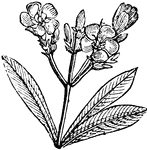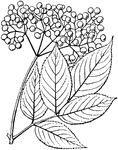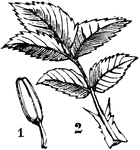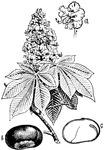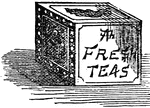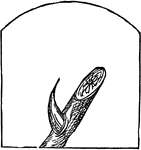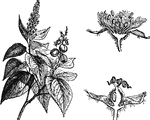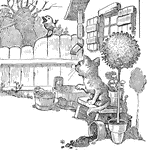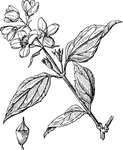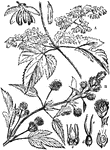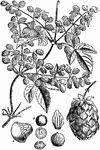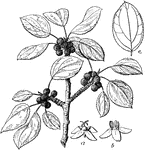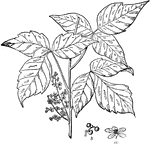
Poison Ivy
Poison-ivy, a climbing or trailing shrub with variable three-foliate leaves, aerial rootlets and greenish…

Needles
A shrub with leaves that are short needles, arranged in two ranks along twig, or sometimes appressed…
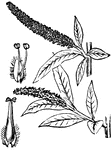
Willow
"Ament-A kind of inflorescence consisting of unisexual apetalous flowers growing in the axils of scales…

Coffee Plant
"Coffee is the seed of an evergreen shrub, which is cultivated in hot climates, and is a native of Abyssinia…
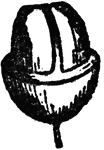
Coffee Bean
"Coffee is the seed of an evergreen shrub, which is cultivated in hot climates, and is a native of Abyssinia…

Coffee Bean
"Coffee is the seed of an evergreen shrub, which is cultivated in hot climates, and is a native of Abyssinia…
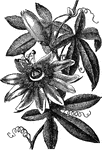
Passion Flower
"Pasiflora is the passion-flower. Generally climbing herbs or shrubs. Fruit succulent, seeds many. Found…
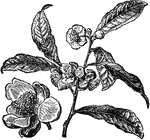
Tea Plant
"Tea is the dried leaf of an evergreen shrub of the natural order Ternstœmiaceæ. It includes the China…

Tea Flower
"Tea is the dried leaf of an evergreen shrub of the natural order Ternstœmiaceæ. It includes…
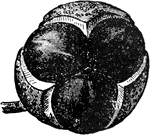
Tea Fruit
"Tea is the dried leaf of an evergreen shrub of the natural order Ternstœmiaceæ. It includes…

Eyebright
A genus of plants of natural order Scropulariaceæ. having a tubular calyx, the upper lip of the…
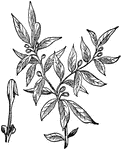
Laurel
A genus of plants ranging in size from a shrub to trees sixty feet in height. They are natives of southern…

Pear
A fruit tree belonging to the same genus as the apple, and cultivated extensively for its fruit. It…
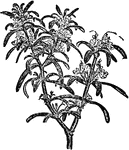
Rosemary
An evergreen shrub of the mint family, which is native to southern Europe and western Asia. It is from…
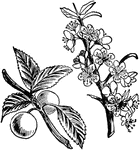
Sloe
A shrub of the plum family, usually frowing to a height of from six to twelve feet. Its wood is hard…
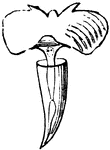
Cleodora
Cleodora refers to a genus of plants in the family Euphorbiaceae. The best known member of this genus…
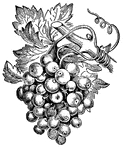
Vine
A well-known climbing shrub, which consists of climbing plants with woody stems, simple or compound…

New Zealand Flax
A shrub characterized by the turbinate form of the perianth above its short tube, with three lanceolate…
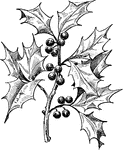
Holly
"A species of the genus Ilex, which contains about 175 species distributed throughout the world. They…

Mistletoe
"A genus of small parasitical shrubs of the natural order Loranthaceae. This order is exogenous, and…

Geometrina
"The Geometrina in the larval condition have only four prolegs, the usual number being ten, and in moving…

Geometrina
"The Geometrina in the larval condition have only four prolegs, the usual number being ten, and in moving…

Heath
"Erica cinerea. The English form of a name given in most Teutonic dialects to the common ling or heather,…

Heath
"Calluna Vulgaris. The English form of a name given in most Teutonic dialects to the common ling or…

Montreuil Fan
"The Montreuil form of training. The principal feature is the suppression of the direct channel of the…

Dumontier's Fan
"The form of Dumoutier is merely a refinement on the Montreuil method. The formation of the tree commences…

Seymour's Fan
"Mr. Seymour's form approaches more nearly to the French method than any other practised in England,…

Rest Harrow
A common European under—shrub. Generally low spreading, and much branched, bearing, pink papilionaceous…

Aloe
"A drug of great antiquity, for we find Dioscorides make mention of aloe as a substance obtained from…

Amaranth
"A genus of plants of the natural order Amaranthaceae. This order contains nearly 300 known species,…

Balm
"An erect, branching perennial, herbaceous plant of the natural order Labiatae, a native of the south…

Crowberry
"A small procumbent shrub, of the natural order Empetraceae, a native of the northern parts of the world,…
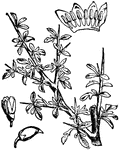
Myrrh
"Myrrh, is the name given to a gum resin which exudes from a shrub growing in Arabia and Abyssinia,…

Jasmine
"Botanically Jasminum, a genus of shrubs or climbers constituting the principal part of the natural…
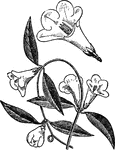
Gelsemium
"The plant known in America as the "Carolina jasmine" is not a true jasmine. other hardy species commonly…
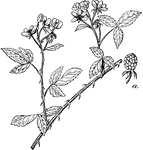
Blackberry
A shrub producing many black, bulbous fruits. Commonly used in desserts, jams, jellies, and wine.
